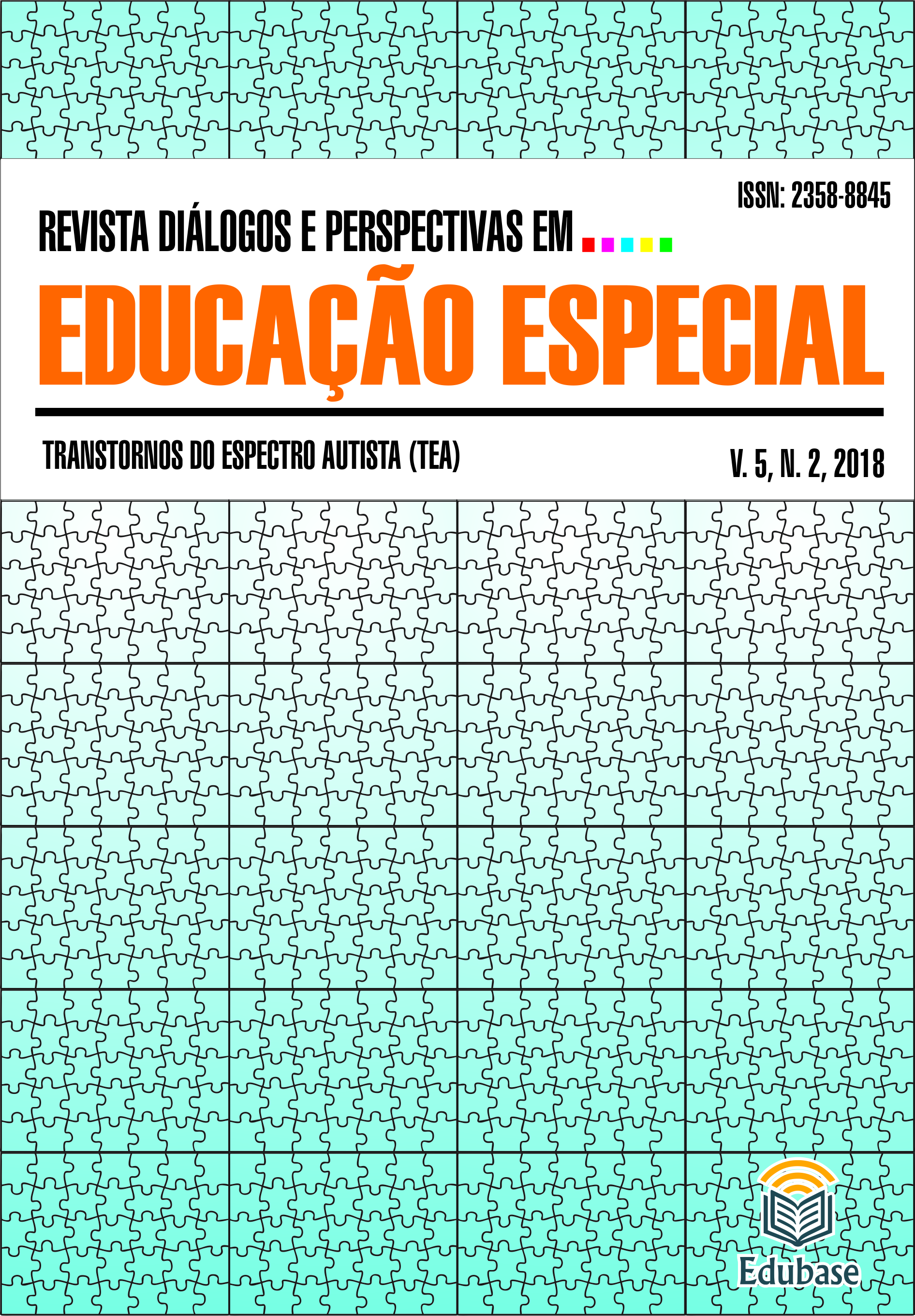The augmentative and alternative communication in children with communication disorders: five myths
DOI:
https://doi.org/10.36311/2358-8845.2018.v5n2.17.p229Keywords:
Alternative and Augmentative Communication; Severe Communication Disorders, Special Educational Needs, MythsAbstract
The ability to communicate allows for opportunities for interaction, influencing the behavior of others and thereby exercising control over the person's environment. To provide an augmentative or alternative way of communicating promotes the autonomy and a better quality of life of children with communication disorders. This requires professionals to have a set of skills to intervene with these children.
The implementation of Augmentative and Alternative Communication (AAC) can be hampered by prejudices about the need to use, a more appropriate period to start learning and the precise skills to develop communication through these resources. In this sense, this text aims to contribute to an understanding of the myths and realities in relation to the use of the AAC. National and international scientific productions about the use of AAC in populations with severe communication problems were analyzed. To do this, a search was carried out in databases of articles, theses and dissertations, using the combination of the descriptors "Alternative Communication", "Augmentative Communication" and "Communication Disorders".
The five myths presented, if not adequately clarified, may lead to problems in adherence to the AAC by families and professionals. Thus, there is a need to demystify these issues in order to promote adequate support for children who can benefit from AAC.
Downloads
Downloads
Published
Issue
Section
License
- The works published in RDPEE are the sole responsibility of their authors. The authors grant the journal the right of first publication, with the work simultaneously licensed under the Attribution-CC BY, which allows distribution, remixing, adaptation and creation from the work with recognition of the authorship and initial publication in this journal.
- The authors consent that their articles may be incorporated by RDPEE into indexers and databases that currently exist or may exist in the future; the owners of these databases may reproduce, transmit and distribute the texts, in whole or in part, in any form or means of electronic transmission that exists or may be developed in the future.
Qualis Capes (2017-2020)
Education: B1




